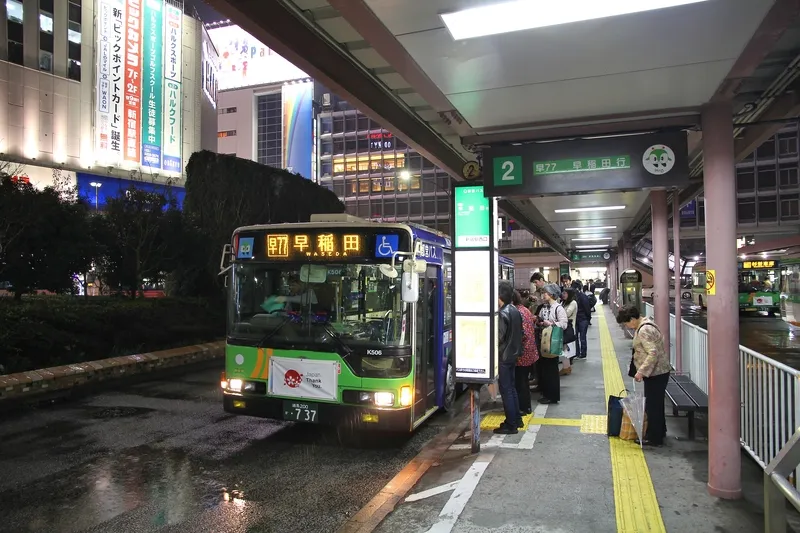Siemens Infrastructure & Cities will handle the electrification of Hawaii's first rail transit system which is scheduled for completion by 2019. The new line will run alongside Honolulu's 32-kilometer main arterial road from the East Kapolei district via Pearl Harbor and the airport to the Ala Moana district in the west.
August 2, 2012
Read time: 1 min
Siemens has received a multi-million dollar order from Ansaldo Honolulu JV to electrify the track for the new Honolulu rail transit system. The rail system, the first for the state and which is scheduled to be completed in 2019, will span 32 kilometers from East Kapolei to Ala Moana Center with 21 stations along the route, including Pearl Harbor and the Honolulu Airport. Siemens will supply 14 traction power DC rectifier substations at 750 volts and two tie breaker gap substations. The order also includes the emergency stop equipment at the metro depot and all stops on the line.










